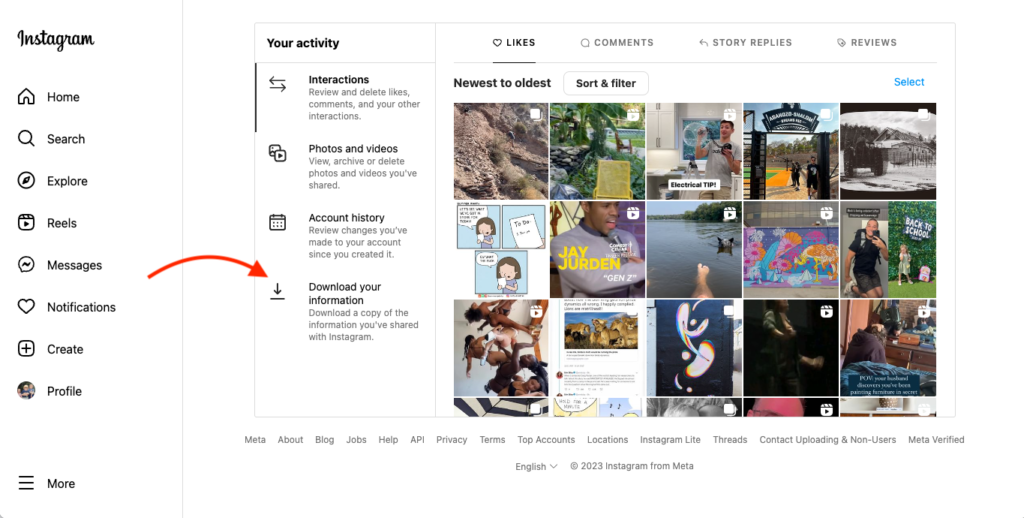Now Reading: Mosques in Mumbai Turn to Creative Alternatives After Loudspeaker Restrictions on Azaan
-
01
Mosques in Mumbai Turn to Creative Alternatives After Loudspeaker Restrictions on Azaan
Mosques in Mumbai Turn to Creative Alternatives After Loudspeaker Restrictions on Azaan

In response to restrictions on the use of loudspeakers, several mosques in Mumbai have turned to innovative ways to continue broadcasting the Azaan without violating noise norms. From Wi-Fi-enabled speaker systems to mobile alerts, religious leaders and communities are adapting while maintaining the sanctity of the call to prayer. The shift reflects both compliance and creativity, especially in urban and semi-urban spaces across India.
Adapting Without Compromising Faith
With noise regulations becoming stricter, particularly in residential and silence zones, many mosques have either reduced or entirely removed external loudspeakers. However, rather than viewing the change as a setback, several institutions have embraced alternatives like in-house speaker systems that reach only the congregation within premises.
Some mosques have begun using app-based notifications or text message alerts to inform worshippers of prayer times, especially useful in Tier 2 cities where tech adoption is growing steadily.
Community Response and Adjustments
Local Muslim communities have largely welcomed the adjustments, understanding the legal and social balance needed in a densely populated city like Mumbai. Many believe the use of digital solutions is a step forward in maintaining harmony while also meeting religious responsibilities.
At the same time, some elderly members express concern about accessibility, particularly for those unfamiliar with smartphones or tech-based alerts. To address this, some mosques have introduced small indoor sound systems audible only to nearby homes, staying within the permissible decibel limits.
Maintaining Cultural Identity in a Changing Landscape
For many communities, the Azaan is not just a call to prayer—it’s a cultural and spiritual marker. By exploring respectful alternatives, mosques are attempting to preserve this identity in a way that aligns with changing legal and civic expectations.
Religious scholars have also been involved in the process, ensuring that whatever method is adopted remains within the framework of Islamic practices and Indian laws.
Legal and Administrative Context
The shift comes after increased scrutiny over loudspeaker use at religious places due to noise pollution complaints. Authorities have issued guidelines to ensure all religious institutions—irrespective of faith—adhere to similar norms.
This has led to a wider debate on religious freedom versus public comfort, with courts urging communities to find balanced, non-disruptive solutions.
Conclusion:
Mumbai’s mosques are showing that faith and innovation can go hand-in-hand. In finding new ways to deliver the Azaan while respecting local regulations, they offer a model of peaceful adaptation. As more cities face similar challenges, these creative solutions may pave the way for other communities to follow—a quiet yet meaningful evolution in the way traditions are practiced in today’s India.

























